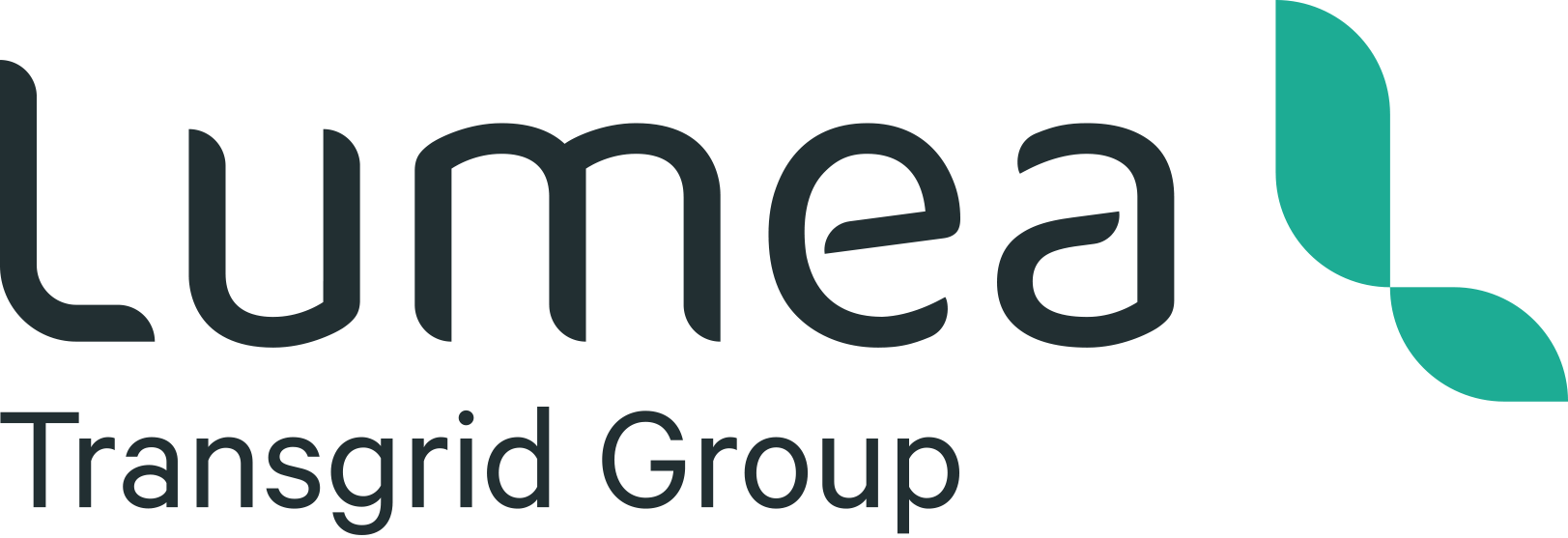As coal plants are scheduled to retire, the potential to fill generation gaps with new energy sources is top of mind, so where does offshore wind fit in?
Emerging energy sources like green hydrogen and offshore wind have enlivened discussions on energy markets in the media and prompted endless conversations amongst colleagues in the industry.
A potential declaration of Gippsland as the first region open for offshore wind development is the latest in a string of headlines that could lead one to believe offshore wind is the Australian energy transition’s silver bullet. While seasoned veterans of the industry could tell you there is no such thing, and despite some loud opposing voices, the incipient offshore wind industry signals the dawn of a new chapter in renewable energy development.
Australia’s most progressed offshore wind project, the Star of the South is located in the Bass Strait, a prime position with strong winds and sea heights of under 70 metres. Project developer Oceanex says they have been working for over ten years to establish the Australian industry. After ten years, the Star of the South is still in classed as ‘proposed’, however it is the expected to be the first offshore wind project to achieve generation.
The nascent industry faces a remarkable amount of work in establishing a strong legal and regulatory framework. The National Offshore Petroleum Safety and Environmental Management Authority (NOPSEA) is grappling with the task of overseeing offshore wind development in Australia by assessing applications and granting feasibility licenses, which give exclusive rights to developers for 7 years. Shared enabling infrastructure, such as undersea energy networks that would benefit several operators, are still emerging concepts.
The rest of the development landscape is progressing, however there are clear challenges for the industry. The increase in electricity prices puts significant pressure on the Federal Government, and the renewable energy industry as whole. Despite this Victoria’s recent announcement of a 2.5 GW target for offshore wind generation by 2030, backed up by the Federal Government pledging $1.5 billion to fast-track offshore wind projects and renewable energy zones (REZs)in the state are encouraging signals to investors.
Lumea’s Chief Executive Officer, Richard Lowe said “If we look to international markets, we can find helpful lessons in how to overcome the challenges Australia is facing. Germany has just announced a new 70 GW offshore wind target, and have designated certain marine areas, environmental requirements, interim targets and more.”
“Lumea is actively engaging with and exploring responses to market needs in order to support the maturation of Australian offshore wind development. Australia has a great opportunity, with our rich natural resources and significant industry power, to cultivate an abundant environment for investment,” he said.
Despite movement in the government sphere, Victoria remains the only state to commit to an offshore wind target. Developers face barriers such as commodity prices and global supply chain issues, as well as the lack of certainty in the policy settings, including how many licenses will be granted, and how much support there will be. Project costs are important to consider, the CSIRO estimates that it could cost as much as double the amount to generate electricity offshore, rather than onshore, when construction costs are factored in.
The industry is calling out for a coordinated approach to develop the legal and regulatory frameworks that attract investment and secure the development of credible technical and operational capabilities necessary for the sector to be internationally competitive.
Despite the challenges, development is irrevocably accelerating. The Australian Federal Government is working to establish Gippsland as a designated region, as well as to update rules; in early November, draft regulations were published after industry and community consultations. Notably, they confirm the acreage for feasibility licenses to be 700km², enabling greater certainty for developer to conduct detailed design work. While costs are an issue, it's important to note the remarkable decline in offshore wind construction and running costs in more developed international markets.
The Government have also agreed to make $1.5 bn in funding available to REZ projects in Victoria, including offshore wind projects. Japanese energy behemoth, the Tokyo Electric Power Company (Tepco), Japan’s largest energy utility, has staked their claim in the Australian offshore wind market marking their first foray into the overseas offshore wind landscape. In October, Ørsted, the world’s largest offshore wind company confirmed plans to invest in Australian projects. The recent growing momentum is clear, and Australia is on a path to net zero that unequivocally includes offshore wind.
In the US and the UK, which are both leaders in offshore wind development, there are changes occurring to the way projects connect to the transmission network. The UK’s energy regulator is looking at issuing licenses to offshore network operators to share infrastructure and reduce costs in transmission connections, which is a key consideration for the whole industry here in Australia.
Expanding on Lumea’s view on offshore wind, CEO Richard Lowe said “With our unparalleled experience in connections for the NEM, and a wide portfolio of large scale electricity infrastructure projects, Lumea is capable of expanding innovative service offerings to include offshore wind related services. We know it’s important to get this right, so that’s why we are exploring the potential of how shared infrastructure assets, such as shared undersea networks could significantly benefit offshore wind market development in Australia, as it is overseas.”

